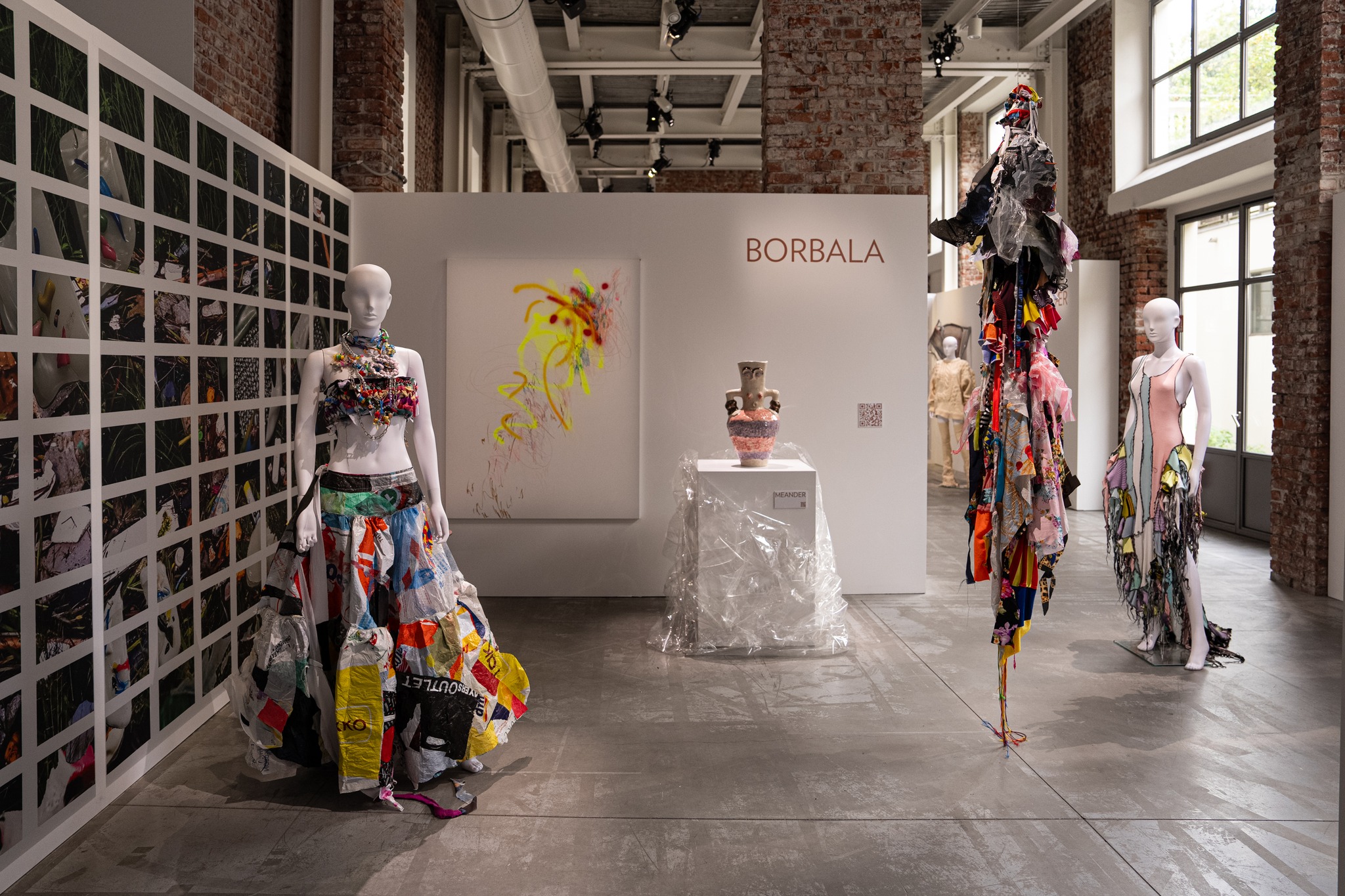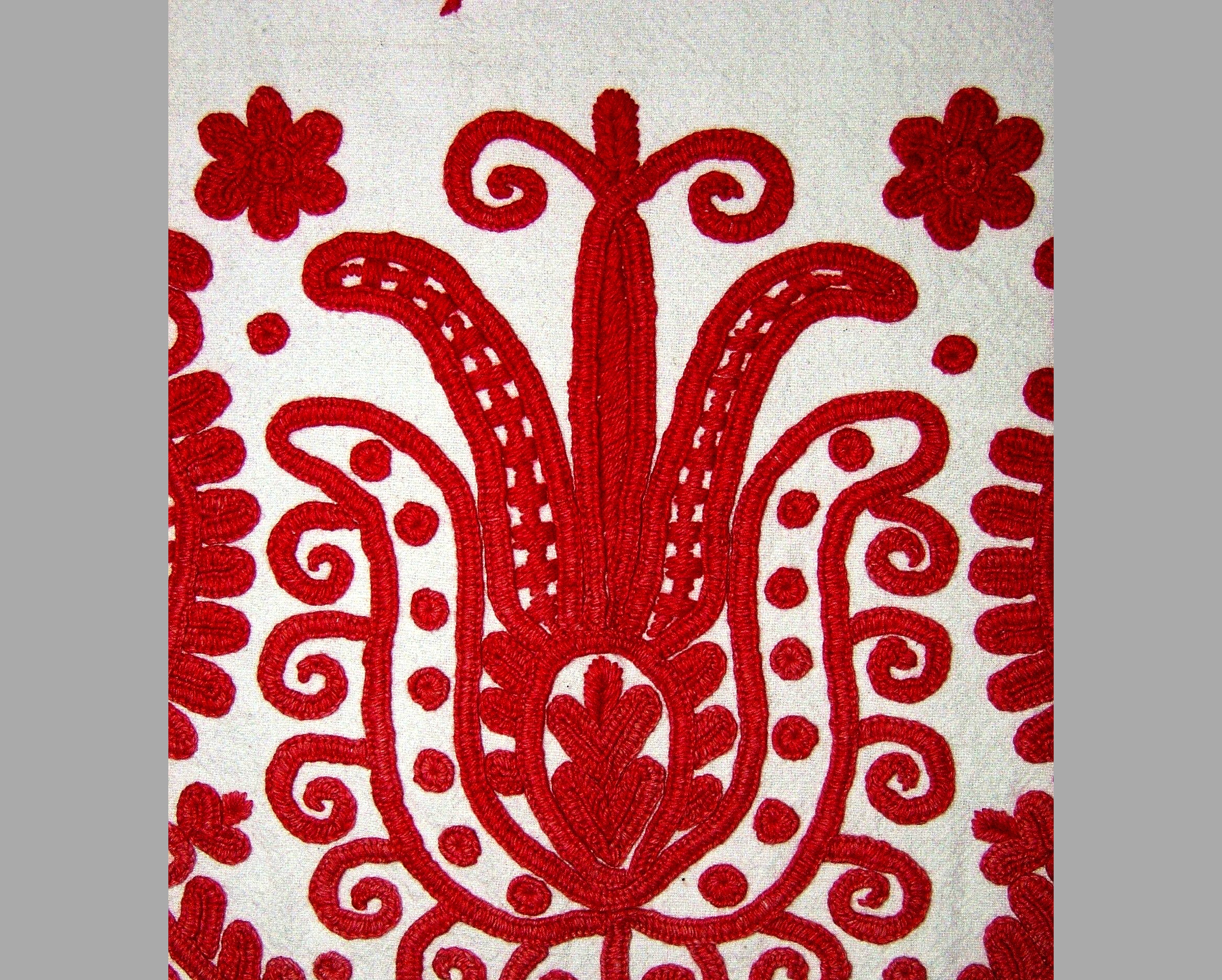
The event was attended by editors from renowned international and Italian fashion magazines.Continue reading


Easy Branches allows you to share your guest post within our network in any countries of the world to reach Global customers start sharing your stories today!
Easy Branches
34/17 Moo 3 Chao fah west Road, Phuket, Thailand, PhuketCall: 076 367 766
info@easybranches.comLocal representatives and experts on the cultural heritage of the Central Transylvanian ethnographic region are protesting in an open letter against the expropriation of the “írásos” embroidery patterns from Țara Călatei (Kalotaszeg), aft

Local representatives and experts on the cultural heritage of the Central Transylvanian ethnographic region are protesting in an open letter against the expropriation of the “írásos” embroidery patterns from Țara Călatei (Kalotaszeg), after Mango used them in its new collection without indicating its source.
The open letter was published on Thursday by the Bucharest-based La blouse roumaine IA Association on its social media page. The association, in addition to promoting the embroidered shirt of Romanian folk costume, has repeatedly spoken out against the unlabelled use of Romanian folk costume motifs.
A few days ago, it drew attention to the fact that one of the embroidered jackets in the new collection of fast fashion store Mango features “írásos” embroidery patterns.
The open letter, published in English, Romanian and Hungarian, was signed by several Hungarian, Romanian and foreign experts in the field of Kalotaszeg folklore – folklorists, ethnographers, art historians, designers, several members of the Kalotaszeg Bokréta Cultural Association, and local women who use the embroidery technique. They state that they find the practices of fast fashion store Mango unacceptable.
They recall that the ethnographic region of Kalotaszeg comprises some 40 settlements in Cluj (Kolozs) and Sălaj (Szilágy) counties, and that its rich cultural heritage is mainly shaped by Hungarians and Romanians, both ethnic groups having their own costumes and architecture.
They point out that
the designs are among the best known and one of the most widespread types of Hungarian folk embroidery, with a history and patterns dating back hundreds of years, and early pieces from the first half of the 19th century are preserved in museums.
The patterns are highly recognizable, mainly used to decorate home textiles, and can also be found on some folk costumes. The unique motif ensemble has a rich English literature, which may have been known to the unauthorized users, they write.
“We, members of the Țara Călatei community, researchers and promoters of cultural heritage strongly object to the use of írásos embroidery and patterns for purely commercial purposes that ignore its history and do not mention the source for these particular patterns.
The designers have shown total disregard for the centuries of knowledge embedded in these patterns,”
reads the open letter.
Therefore, we ask that any commercial use or modification of any element of traditional embroidery or costumes should only be done after consultation with the community, and with respect for the authenticity and integrity of the motifs used, which are part of the cultural heritage of the Călatei region (Kalotaszeg),”
This is not the first time that Romania has been outraged by the unethical behavior of international fashion brands in relation to folklore motifs. In June, the La blouse roumaine denounced Louis Vuitton for copying, without reference, a pattern of a Romanian woman’s shirt from the Sibiu region. In 2017, the fashion house Dior copied, without reference, a sample of the men’s coat of the Romanian folk costume of Beius (Belényes).
Via MTI, Featured image: Wikipedia
The post Fashion Store Mango Appropriates Hungarian Folk Embroidery Patterns appeared first on Hungary Today.